3 Lures to Catch Pre-Spawn Largemouth Bass
It’s pre-spawn bass fishing time! For much of the country, this is the time of year it all comes together.
It’s important to understand the entire setting: water is warming, so metabolism levels are going up in coldblooded creatures – the need for more food! Shallow water warms first, so prey and predator go shallow – big fish are more vulnerable than any other time of year. Big bass are preparing for the spawning season, so like a grizzly bear before hibernation, they need extra calories to fatten up, and they are aggressive!
Major League Tackle Warehouse Pro Circuit angler Kyle Gelles has pursued pre-spawn bass through much of the country. Enthusiastically he points out, “The biggest factor is water temperature. Once the water reaches 53-degrees, it is on!”
Gelles asserts, “Fish are concentrated in shallower water to eat, and a well-fed bass is a healthy bass. They’re big this time of year, and this is one of the few times numbers of big fish are accessible in shallow water.”
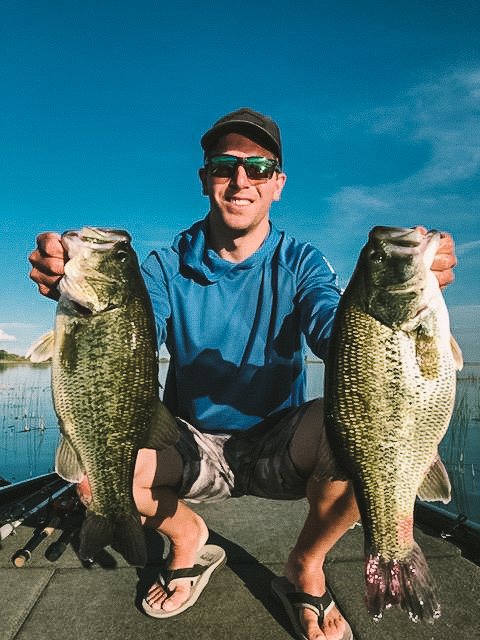
Where to Find Pre-spawn Largemouth Bass
Seasonal patterns and weather dictate water temperatures and phases of the spawn, but Gelles breaks the country down into 3 levels:
1. Southern States – “I’m thinking about the grassy lakes in Florida and along the Gulf Coast,” Gelles explains. “These fish are different, because they will spawn for several months, especially in Florida.”
“Bass spawn on hard bottoms, or hard structures, so I will look for patches of hyacinths, hydrilla, or tules out in front of spawning areas. Contour changes are rare on these lakes, but these weed patches compensate the lack of contours, and bass use them.”’
2. Central States – Before launching his boat, Gelles spends time studying lake maps for main lake and secondary points. “Compared to most, I go in reverse order. Most anglers begin on the main lake points and work into the creek or bay, but I begin up the creek on the secondary points.”
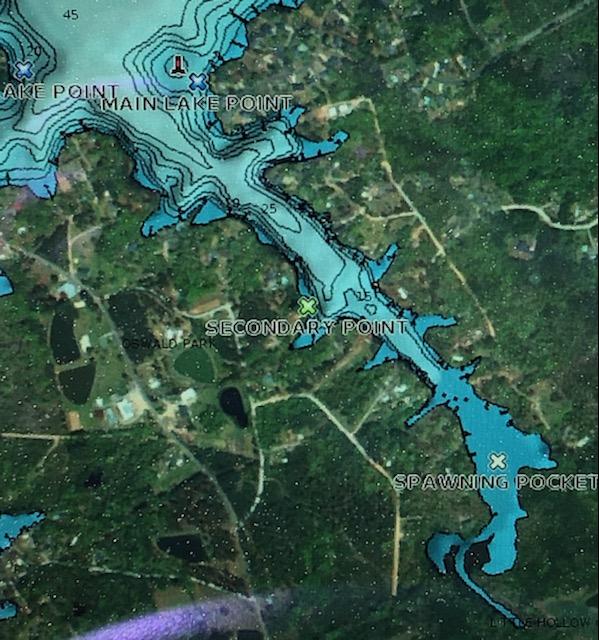
He explains, “Many times the biggest bass are the first to move up, and if that’s the case, I don’t want to be late to the party.”
“A secondary point is the first point inside a bay or creek. The best ones are usually halfway up the creek. Main lake points differ because they are at the entrance of the creek or bay. Basically, they’re part of the lake, not the creek.”
3. Northern States – “Really, I look for pre-spawn bass in the same places as I do in Central America, but the timing is different. Bass up north spawn much later.”
Lures to Catch Pre-spawn Largemouth Bass
Gelles readily admits that there are many lure choices that work during the pre-spawn, but the following Top 3 choices have been established after 1,000’s of hours on the water, and cover just about any part of the country.
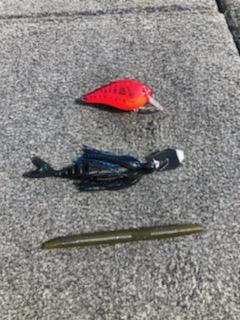
Regardless of where, making contact with structure is key. “No matter where in the country, I want my bait to contact the vegetation, wood, rock, or whatever. I’m going to make my bait hit it, and a bladed jig is effective on all structure.”
“Let the fish tell you how to retrieve it,” he suggests. “Some days they want it burned. Other days, they’ll respond better with a slow roll. Whatever it is, be sure to contact the structure.”
The Z-Man Evergreen Chatterbait Jack Hammer bladed jig in black blue is his go-to. He adds, “If the vegetation allows, I will use a ½-ounce; otherwise, I’ll use ⅜ ounce.” He adds a matching Yamamoto Zako for a trailer.
Gelles uses a Daiwa Tatula Elite Glass Crankbait Casting Rod in the 7’4” Med Heavy, and a 7.3 gear ratio Daiwa Zillion reel spooled with 16-pound fluorocarbon line. “I like a high-speed reel, because bass will hit so hard, they’ll create slack in the line and this reel helps me catch up.”
Square Bill Crankbait
“When the majority of structure in the lake is hard, like rock and wood, a Strike King KVD HC Squarebill Silent Crankbait in the color chili craw is my first choice,” Gelles says. “But, the technique is the same as the bladed jig: knock it against the structure!”
Also like the bladed jig, he lets the bass tell him how they want it by varying the speed, but he will add pauses after coming in contact with the structure. “My favorite size is a 1.5 (⅜ ounce).” He adds, “Red colors are my number one choice in the spring.”
Gelles uses the same Daiwa 7’4” rod as the bladed jig, but uses a slower 6.3 gear ratio Daiwa Zillion reel with 12-pound fluorocarbon line, “Light baits such as these is what this reel was made for. It casts awesome!”
If the fish are not chasing the aforementioned moving baits, a Texas rigged stickbait with a bullet weight gets the call. “I’m pitching this bait to the same structure, but it’s a completely different look. It’s also a killer dragged through the weeds.”
Adjusting the weight is key for Gelles’ success, “Early in the pre-spawn, when water is in the lower 50’s, I will use a ⅜ ounce weight, but as it warms up, I lighten the bait.”
The pro prefers a Yamamoto Senko in the color Green Pumpkin with a 3/0 EWG standard wire worm hook. “These hooks have better penetration than a SuperLine hook. UNLESS I’m in Texas or Florida! Those states have the size of fish that demands the extra heavy hook.” He pairs 7’5” Medium Heavy Daiwa Zillion rod with a 7.3 gear ratio Zillion reel and matches the line to the structure. “Around heavy structure, I’ll tie on 20-pound fluorocarbon, but I’ll go as low as 12-pound.”
Another great reel Gelles mentions is the Daiwa Tatula Elite casting reel in 7:1 gear ratio. “It allows a further casting distance and is at a little lower price point.”
But wait, Gelles has one more bait up his sleeve. “The three baits mentioned are three staple baits that cover just about any part of the country for the given topic, but the Dry Creek Outfitters 3.5” Full Body Double Dipped Tube in the color Bug Juice, is my sneaky secret bait that catches me a ton of fish.”
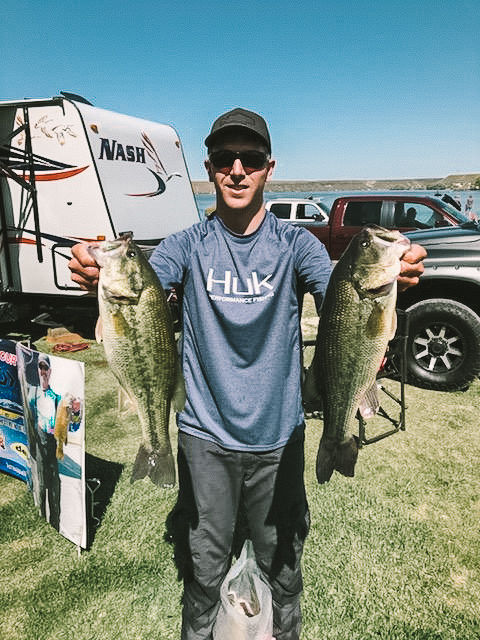
Rods and Reels
Gelles offers some final advice when picking out rods and reels. “Daiwa rods and reels are what I use as a tournament angler, however, they may not appeal to everyone. They make similar rods in the same lengths and actions in any brand and at most price points.”
“The important thing to remember when purchasing a rod,” he explains, “is to have a soft enough tip to fish baits correctly, and feel light spring bites with enough backbone to get a good hookup.”

Andrew Buss
Andrew Buss resides with his family in the great state of Indiana. When he’s not fishing, creating YouTube videos or running the Hunter of Fish Bass Circuit, he poses as a school teacher. If you’d like to see more from the #hunteroffish check out his social media channels.
DID YOU ALSO SEE?
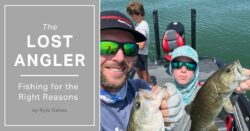
Fishing For The Right Reasons

Fishing as a Co-Angler: Benefits, Challenges, and Techniques
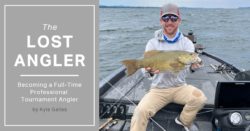

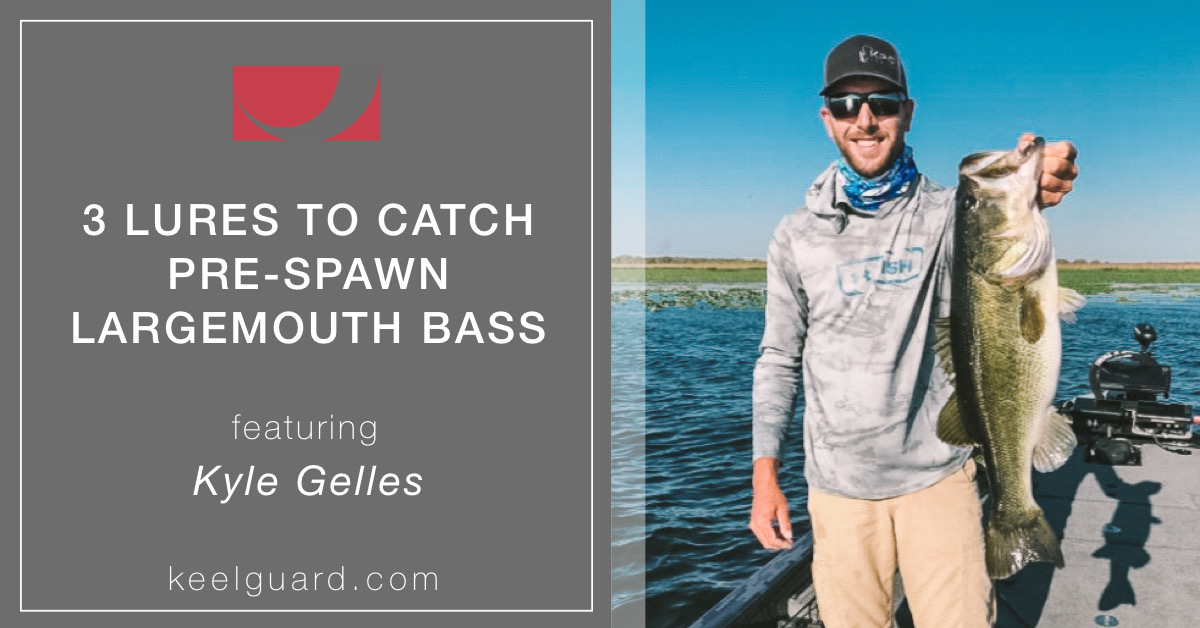
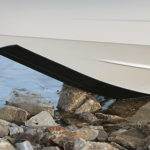
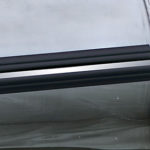
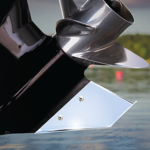

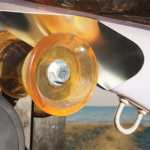
Comments